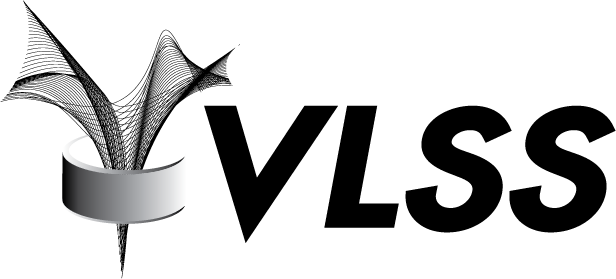With Oracle Database 12.1.0.2, Oracle has released its In-Memory Database functionality. In short, Oracle In-Memory database provides transparent column-format memory access over an existing Oracle database. The normal row-format memory access is preserved for fast OLTP transactions; however, with new system parameters, that same data can be accessed from memory in column-format, drastically improving OLAP performance. Because it is transparent, there is no need to change applications to leverage this new functionality, which had previously only been exposed in engineered systems and ZFS as storage-level optimizations.
This article will be discussing Reverse Binary Tree index feature of Oracle database, an index which is there to solve block contention problem. It will be discussing how it works, what are its advantages and its limitations. When a normal binary tree index based on a numeric column populated by a sequence, it gives rise to hot block problem. Applications trying to insert new rows will face “buffer busy wait”, because everyone wants to write to same block. This problem is called hot block or block contention.
Although “Big data” is one of the most used Buzz words of the days in the IT industry, it makes sense to understand the reason why it is one of the hottest technologies of the day and why managing big data continues to be one of the biggest challenges faced by most folks in the IT industry. Data itself has been the pivotal point of technology for many years as it is information in its most raw form and there have been many different approaches to storing and retrieving data most efficiently and in a fast manner. These challenges are being summarized into what is called the three V’s of Big Data.
The NLS_CHARACTERSET of an Oracle database defines what characters can be stored in the database using the CHAR, VARCHAR2, LONG and CLOB datatypes. This blog gives a quick overview of a method to change the database character set or to check before migrating data between databases with a different NLS_CHARACTERSET.
If you change character sets there is a possibility that characters that you currently use are not defined in the new character set or that the current setup is not correctly used and therefore you could lose data when changing the NLS_CHARACTERSET.
In previous blog “2014-06 – Database Character Set Scanner”, we addressed how to install a great Oracle tool called CSSCAN. Always check data migration by using the Character Set Scanner (CSSCAN) before making any changes to your character set.
With every new version, Oracle introduces exciting features like Oracle Multitenant option, Oracle Active Data Guard Far Sync, information lifecycle management enhancements and new data types just to name a few. Customers wishing to take advantage of these and other new features will need to upgrade their existing databases, as well as migrate onto modern infrastructure to ensure high levels of performance.
